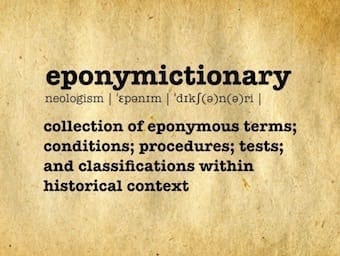
Cope’s Sign
Cardio-biliary reflex (“Cope sign”): gallbladder disease causing vagal bradycardia or AV block that mimics cardiac events, often with normal troponin.

Cardio-biliary reflex (“Cope sign”): gallbladder disease causing vagal bradycardia or AV block that mimics cardiac events, often with normal troponin.

Sir Vincent Zachary Cope (1881 – 1974) was a British physician and surgeon. Eponymously linked with Cope Psoas test and obturator test.

Quincke's Triad describes hemobilia via the triad of GI bleeding, biliary colic, and jaundice; first detailed by Heinrich Quincke in 1871, named retrospectively in 1975

Howship-Romberg sign: pain and paraesthesia along the distribution of the obturator nerve (medial thigh to knee); a clinical indicator of obturator nerve compression, commonly due to an obturator hernia
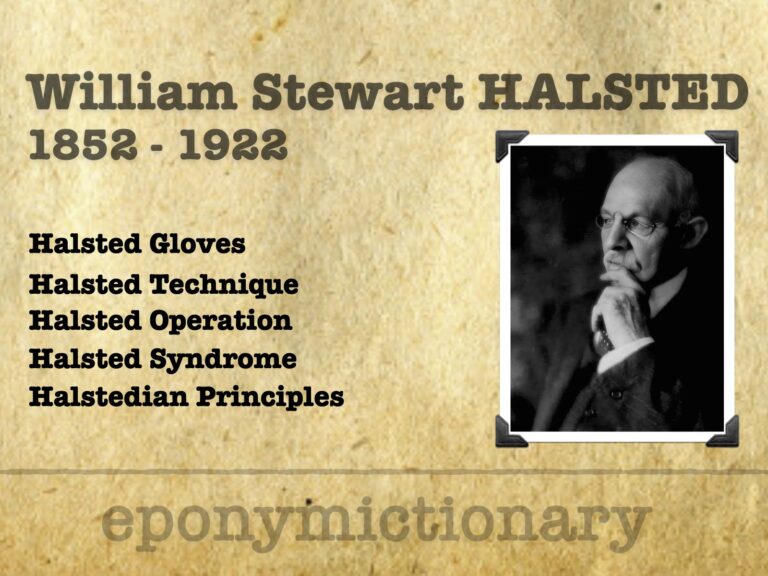
William Halsted (1852–1922), pioneering American surgeon, revolutionized surgery with aseptic technique, anesthesia, gloves, and the residency training model.

Chilaiditi sign: rare condition with bowel loops interposed between liver and diaphragm, with symptoms (syndrome). Must differentiate from free air.

George Hoyt Whipple (1878–1976), Nobel winner, advanced anaemia therapy, coined thalassaemia, and described Whipple disease in 1907.

Mark M. Ravitch, pioneering pediatric surgeon, innovator of the Ravitch procedure, stapling, intussusception care, and Cantrell’s sequence.
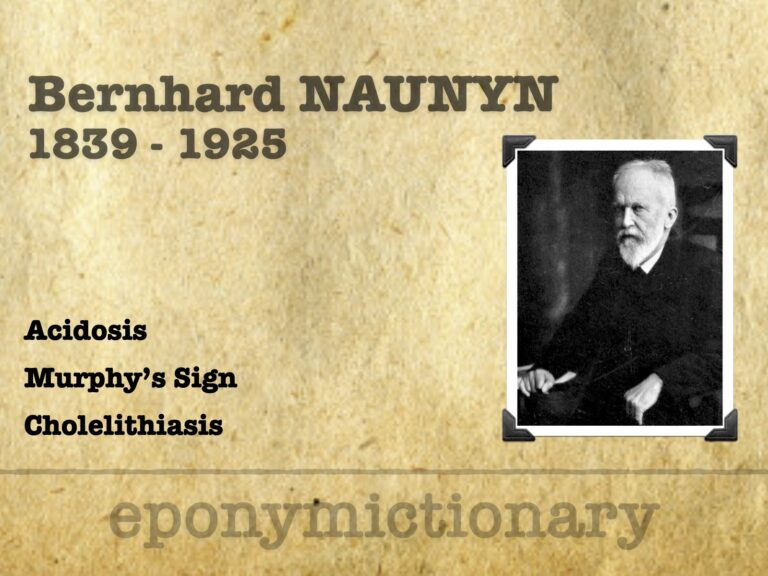
German physician Bernhard Naunyn (1839–1925), pioneer of experimental medicine, defined acidosis, advanced diabetes and gallstone research, and co-founded Naunyn–Schmiedeberg’s Archives
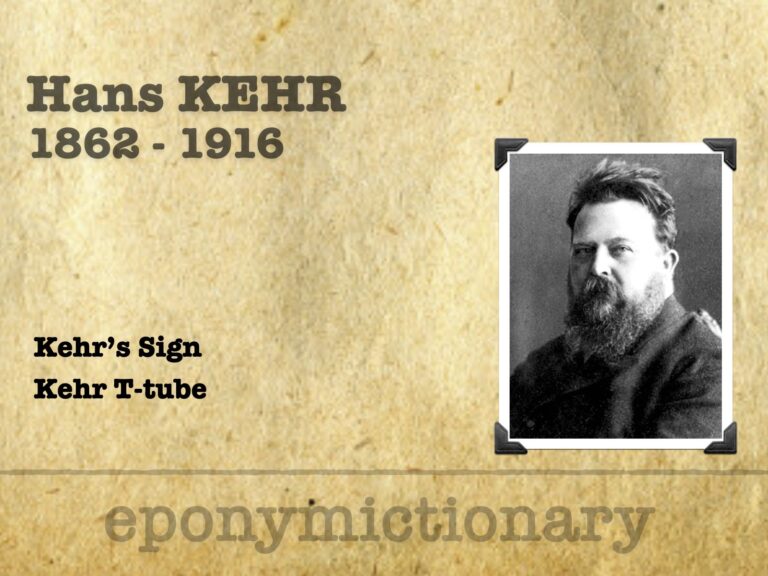
Hans Kehr (1862–1916), pioneer of gallbladder surgery, introduced the T-tube for bile duct drainage; eponymously linked to Kehr’s sign of splenic rupture.

Courvoisier’s sign: palpable gallbladder with painless jaundice suggests malignant obstruction, not gallstones. A key clinical diagnostic clue.
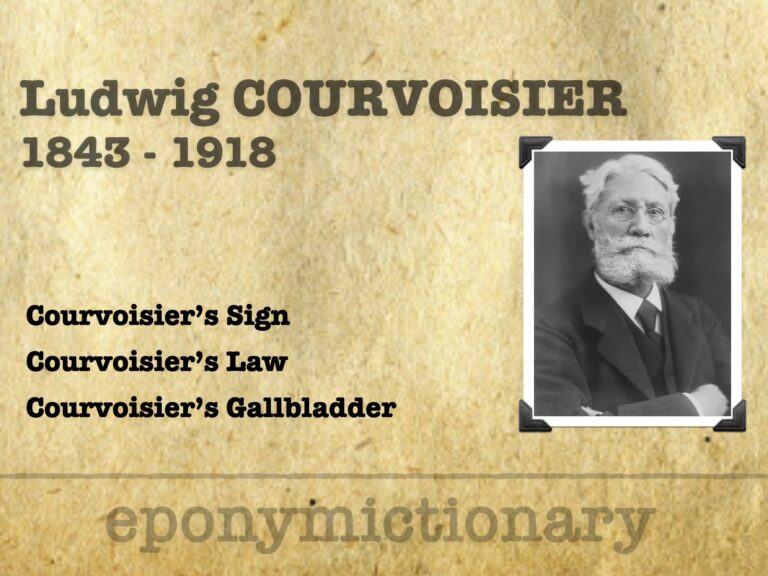
Ludwig Georg Courvoisier (1843-1918) was a Swiss surgeon, academic, and naturalist best remembered for Courvoisier’s sign / law (1890)